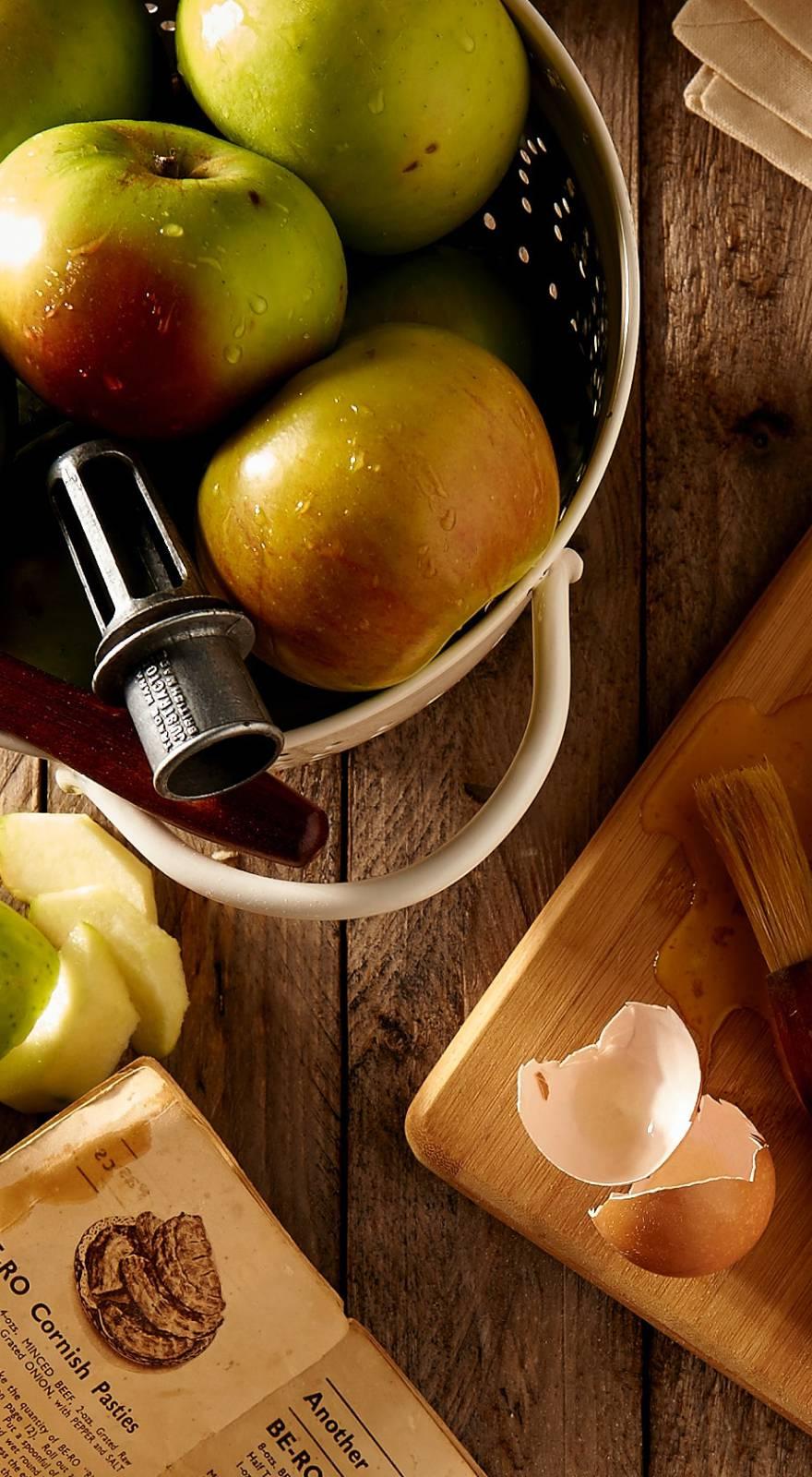Knowde Enhanced TDS
Identification & Functionality
- Ingredient Name
- Food Ingredients Functions
- Residual Solvents
- Total absence in the manufacturing process
- CAS No.
- 526-83-0
- Ingredients
- Tartaric Acid
- Food Additive Number
- E 334, INS 334
- Technologies
Features & Benefits
- Labeling Claims
Applications & Uses
- Markets
- Applications
- Food & Nutrition Applications
- Uses
Acidifier, antioxidant, flavor enhancer and stabilizing agent. Food industry (production of tinned food, jam, jelly, confectionery and biscuits in general, soft drinks and table waters, acidifier in wine-making field)
Properties
- Physical Form
- Appearance
- Clear Solution
- Typical Properties
| Value | Units | Test Method / Conditions | |
| Specific Gravity | 10.5 | lb/gallon | — |
| Assay | 49.85 - 50.25 | % | USP XXXII |
| Specific Optical Rotation | 12.0 – 12.8 | — | PH. EUR. VI |
| Identification | Passes Test | — | PH. EUR. VI |
| Sulphates | max. 150 | ppm | PH. EUR. VI |
| Chlorides | max. 100 | ppm | PH. EUR. VI |
| Oxalate | max. 100 | ppm | DIR. 2008/84/CE |
| Iron | max. 5 | ppm | Manufacturer |
| Calcium | max. 200 | ppm | PH. EUR. VI |
| Lead | max. 2 | ppm | FCC VI |
| Arsenic | max. 1 | ppm | JP XV |
| Cadmium | max. 1 | ppm | Manufacturer |
| Mercury | max. 1 | ppm | DIR. 2008/84/CE |
| Lead Content | max. 10 | ppm | PH. EUR. VI |
Regulatory & Compliance
- Certifications & Compliance
Technical Details & Test Data
- Concentration
- 1.00lb of dry Tartaric Acid /0.19 gallons of solution
- 5.25lb of dry Tartaric Acid/gallon of solution
- Conversion Chart
Dry Lbs Equivalent Gallons of Solution Lbs of Solution Gallons of Water
1 0.19 2 0.12 2 0.38 4 0.24 3 0.57 6 0.36 4 0.76 8 0.48 5 0.95 10 0.6 6 1.14 12 0.72 7 1.33 14 0.84 8 1.52 16 0.86 9 1.71 18 0.98 10 1.9 20 1.2
Packaging & Availability
- Packaging
Liquid Tartaric is available in 0.5 or 1 gallon HDPE bottles, 5 gallons pails, 55 gallons poly drums with the option of the dripless liquid dispensing system, 330 gallons tote bins or 5,000 gallons truckloads quantities, to satisfy the needs of users of all sizes.
Storage & Handling
- Storage
Avoid temperature conditions below 35 degrees Fahrenheit (2 degrees Celsius) and above 100 degrees Fahrenheit (38 degrees Celsius) and environments with the presence of strong odors.
- Shelf Life
Five years from manufacturing date.

